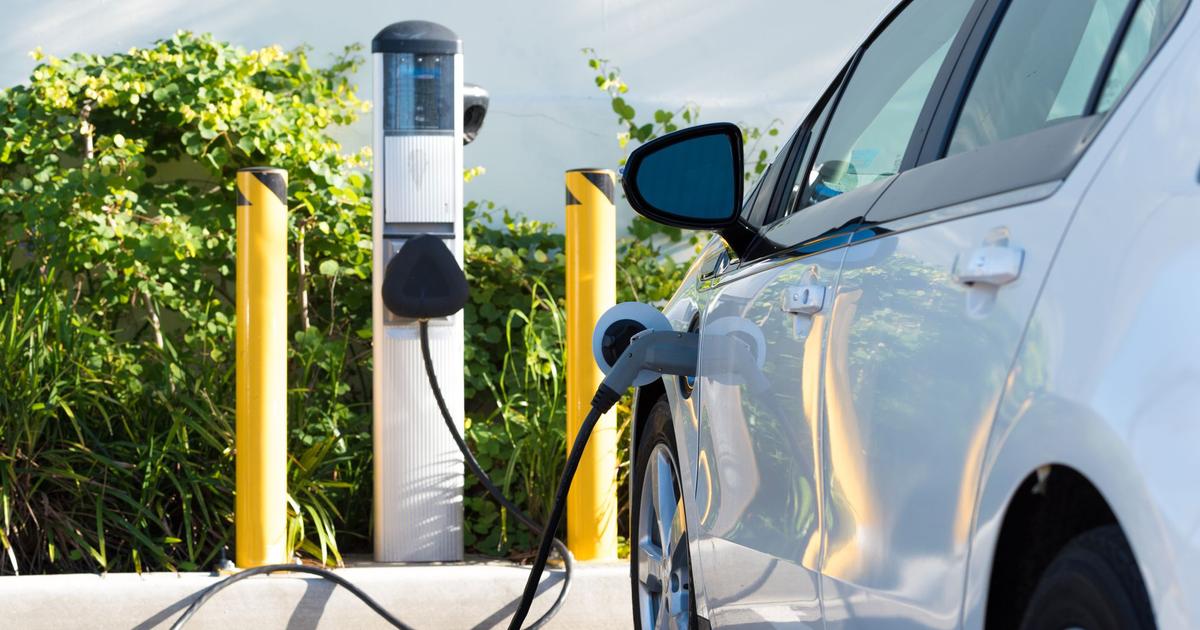Even without being accompanied by a repressive arsenal, the regulatory framework can constitute a powerful lever for changing practices.
Since the entry into force of the mobility orientation law (LOM), companies with a fleet of more than 100 vehicles have obligations to respect in terms of quotas for electrified vehicles.
At this stage, the text remains incentive since no sanction has been provided for in the event of non-compliance.
Without waiting for future financial penalties, certain companies have decided to take advantage of the LOM to adopt a voluntary approach to greening their parks.
This is the case for Schneider Electric.
Member of EV100, an association bringing together large international companies around the electrification of their fleets, Schneider Electric is targeting 50% electrified vehicles in its fleet by 2025 and 100% in 2030.
“According to an EV100 study, the fleet constitutes a sign of the degree of commitment of a company in terms of global decarbonization
,” underlines Hervé Detraz, head of the Schneider Electric fleet in France.
Financed through long-term rental, the Schneider Electric fleet has 2,200 vehicles and is growing.
At the end of the year, 26% to 28% of this group will drive hybrid or 100% electric.
Overall, 95% of the fleet's workforce is used as a company vehicle.
Employees choose from a catalog containing 20 different models.
Among the criteria for choosing these vehicles, autonomy goes hand in hand with safety and comfort for family use.
Diesel, which represented 94% of the Schneider Electric fleet in 2021, left the catalog to gradually disappear from the fleet.
Anticipate the rise of EPZs
Schneider's decarbonization strategy is also driven by the rise of low-emission zones (LEZ) and the gradual ban on the most polluting vehicles.
Another regulatory measure, this time voted by the European Parliament, new thermal vehicles will be banned for sale in 2035 in the European Union.
Schneider Electric has decided to anticipate future restrictions by electrifying its fleet.
The company was interested in the economic aspect of this change.
However, from the first studies, the total cost of using electric power proved more attractive than that of thermal models.
“The current observations are just as promising with the rise in the price of fossil energy,” observes Hervé Detraz.
Recharging at home for an employee costs less than filling up at the gas station.”
For Schneider Electric, the company and the employee benefit.
In addition, family and loved ones have a terminal for their personal needs.
Also read: Schneider Electric achieved “record” margin in the first half
Before electrifying its fleet, Schneider Electric carried out a survey to map vehicle uses.
90% of employees travel on average less than 200 km per day.
47% make fewer than 30 business trips of more than 250 km per year.
53% can install a terminal at their home and 5% have already installed one.
73% show an interest in a cleaner vehicle.
To support its employees during the switch to electricity, Schneider Electric installs terminals in their homes.
Manufactured by the group, this equipment has a reader which allows reading a badge developed by Freshmile to make payment.
The employee pays a symbolic euro for the installation of the terminal and is reimbursed for recharges carried out on a professional basis.
Reimbursement is made at a rate slightly higher than the regulated rate to take into account any possible adaptation of the employee's energy contract.
The badge also allows you to pay for recharges at public terminals.
Another possibility for refueling, Schneider Electric has installed 200 charging points on its various sites.
Essential to cover the needs of 100% electric vehicles, charging is just as important in the case of plug-in hybrids.
When their batteries are empty, these vehicles run on the combustion engine alone and, being heavier, see their consumption soar.
Aware, the company's drivers play the game and carry out recharges.
Hervé Detraz assures us:
“Schneider Electric is taking strong actions in terms of decarbonization.
Employees adhere to this strategy for the company and for the planet.”

